Family Scoliidae (Mammoth Wasps)
The family Scoliidae belongs to the superfamily Vespoidea. They are solitary insects and fly around low-growing vegetation, manure and compost heaps. Both male and female are winged. Their wing tips are distinctively corrugated longitudinally. The wings are iridescent, dark brown, blue or clear, with or without brown tips. They are medium to large (body length 10-50 mm), robust, bristly. Colour variable, they tend to be black, often marked with yellow or orange, sometimes with reddish hairs on head and thorax as in
Campsomeriella caelebs or on tip of abdomen.
Scolia wahlbergi has a bright yellow head, antennae and pronotum. Other species are banded with yellow. Males are more slender, sometimes differently coloured from females, with 3 sharp spines projecting from rear of abdomen. Males have often longer antennae. Females have a true stinger, retracted inside the abdomen when not being deployed.
Distribution
Worldwide.
Diversity
The family Scoliidae contains approximately about 560 valid species, 220 subspecies distributed among 43 valid genera, 28 subgenera and 2 subfamilies (Campsomerinae and Scoliinae).
Biology
External parasitoids of beetle larvae (mostly Scarabaeidae) that live in soil or decaying vegetable matter. Larvae pupate in a tough cocoon in soil.
Links:
WaspWeb
 © BluTuna
© BluTuna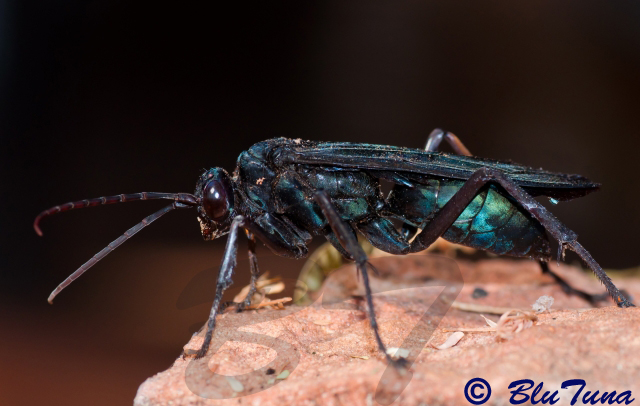 © BluTuna
© BluTuna © BluTuna
© BluTuna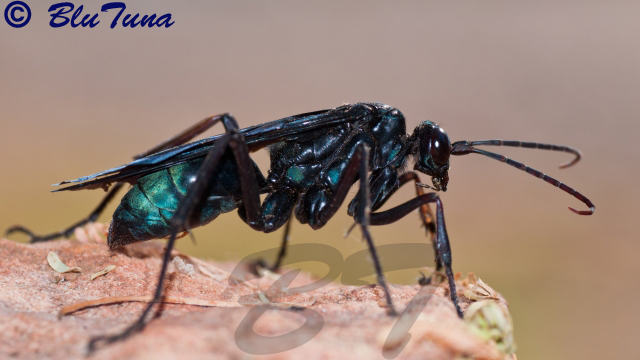 © BluTuna
© BluTuna


 © BluTuna
© BluTuna © BluTuna
© BluTuna © BluTuna
© BluTuna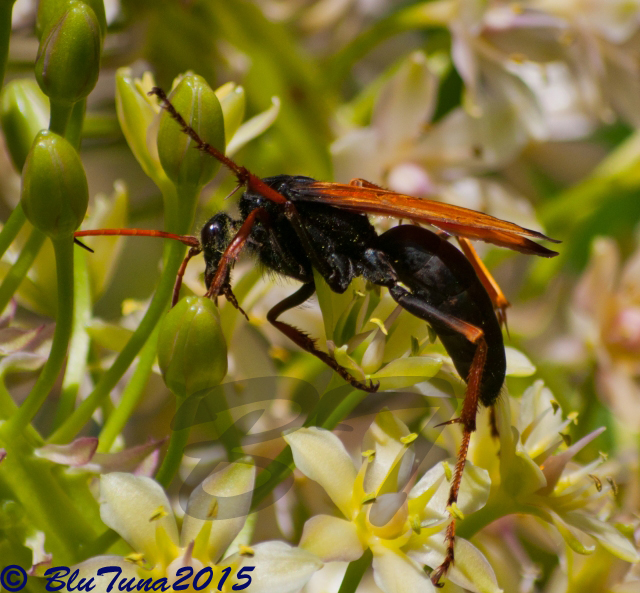 © BluTuna
© BluTuna © BluTuna
© BluTuna
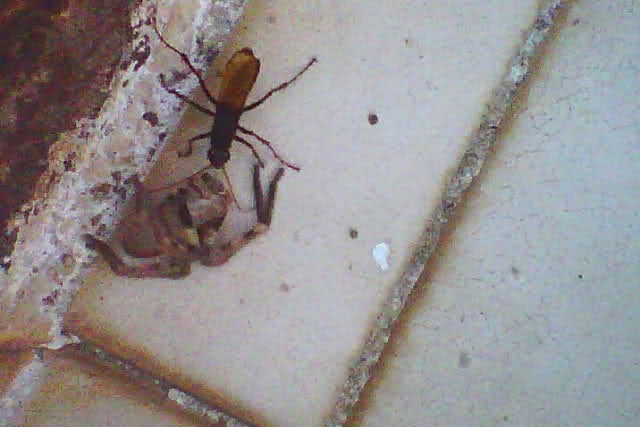

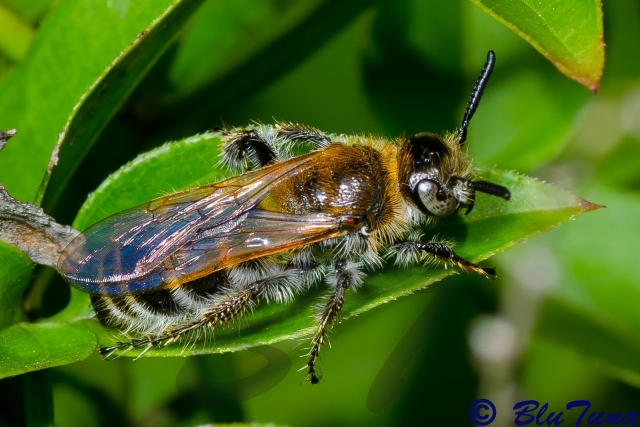 © BluTuna
© BluTuna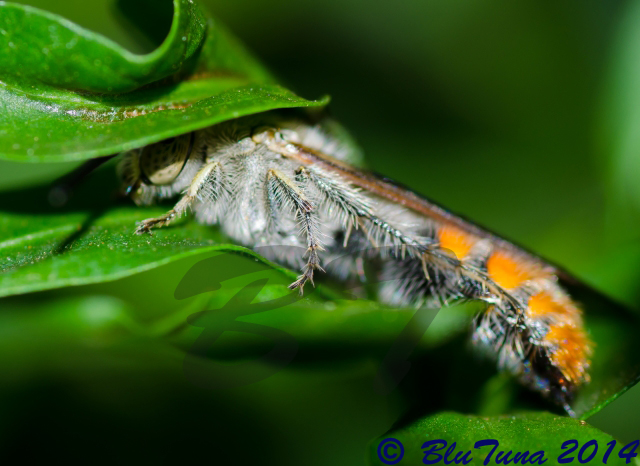 © BluTuna
© BluTuna